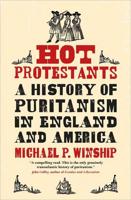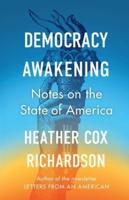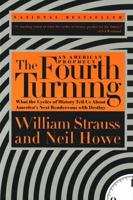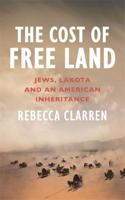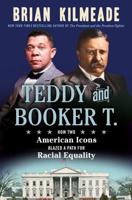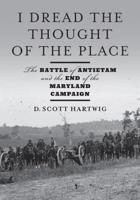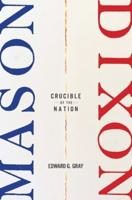Publisher's Synopsis
De Religione, the longest-surviving text in the Huron, or Wendat, language, was written in the seventeenth century to explain the nature of Christianity to the Iroquois people, as well as to justify the Jesuits' missionary work among American Indians. In this first annotated edition of De Religione, linguist and anthropologist John L. Steckley presents the original Huron text side by side with an English translation.
The Huron language, now extinct, was spoken originally by Huron Indians, who were settled in present-day southern Ontario. One group went to Quebec and another was later removed to the western United States, first to Kansas and then to Oklahoma. In the early 1670s, the author of De Religione, likely a Jesuit priest named Phillipe Pierson, chose to write his doctrine in Huron because it was a language understood by all five Iroquois nations: Mohawk, Oneida, Onondaga, Cayuga, and Seneca. For today's readers, the text offers valuable insight into how the missionaries actually communicated with American Indians.
Amplified by Steckley's in-depth introduction and his fully annotated translation, De Religione provides a firsthand account of Catholic missionization among the Iroquois during the colonial period.

